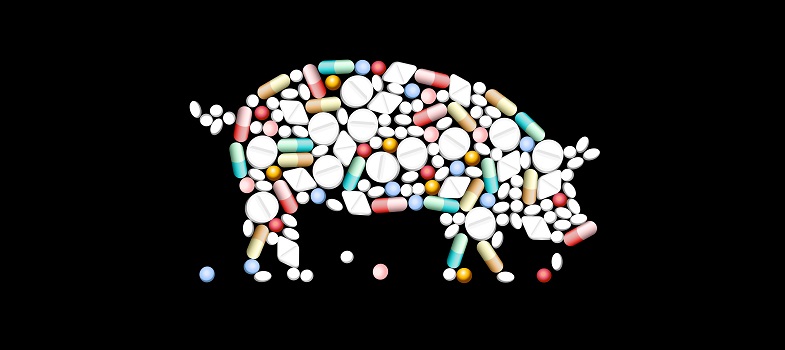4.3 Designing a surveillance system
4.3.1 Surveillance components
When designing a surveillance system, we need to consider what activities are required to pursue the surveillance objective. These activities are known as surveillance components.
A
A
A
Surveillance components included in national AMR surveillance systems can be:
- statistically based surveys
- sampling and testing of food-producing animals on the farm, at live animal markets or at slaughter
- an organised sentinel programme, for example targeted sampling of food-producing animals, herds, flocks and vectors (such as birds or rodents)
- analysis of veterinary practice and diagnostic laboratory records
- sampling and testing of products of animal origin intended for human consumption
- sampling and testing of feed ingredients or feed.
4.2 Surveillance objectives



